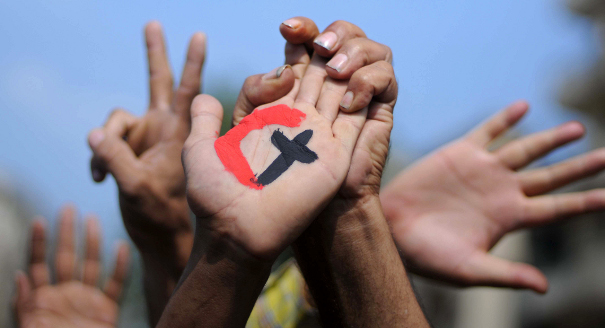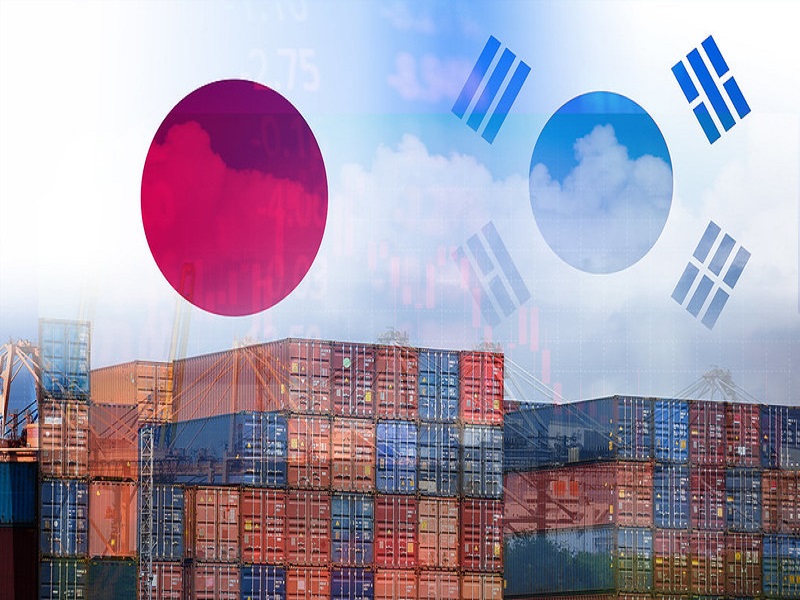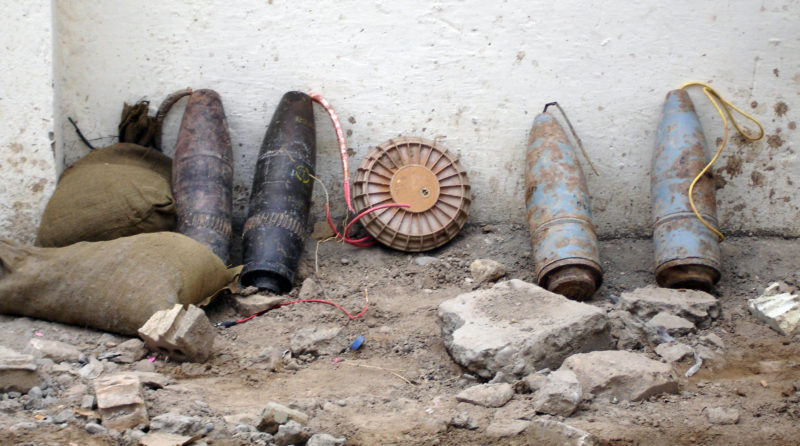Xi Jinping commits China to the UN interventions
China’s role within the United Nations has come a long way since October 1971, when the first representatives from Beijing arrived in New York replacing those from the island of Taiwan. In the forty years since the General Assembly admitted the People’s Republic of China and ejected Taiwan, Beijing’s approach to the UN has shifted from ambivalence grounded in a deep-seated suspicion of the organization’s motives and structure to a gradual process of integration and engagement.
Twenty-five years since its first participation in UN operations, China has stationed thousands of service personnel on the ground in the world’s conflict zones. These personnel range from heavily armed contingents of the People’s Liberation Army (PLA) to police officers, all of whom are operating under UN command. During Xi Jinping’s presidency, more members of the PLA are sporting the ‘blue beret’ of the United Nations than ever before. This marks a shift in China’s policy of non-intervention, despite continuing rhetoric to the contrary. Detachments from the PLA are now patrolling the streets of Mali’s capital Bamako and protecting UN compounds amidst the campaign of ethnic cleansing unleashed in South Sudan’s civil war. This represents Beijing’s first deployment of ground forces to a combat zone in three decades. This, however, is just the beginning as China under Xi Jinping is pushing to become a stakeholder in the international system.
China’s participation in UN operations
China is now the largest troop contributor of the Permanent 5 (P5) to United Nations peacekeeping and stability operations. The Syrian civil war aside, Beijing has increasingly demonstrated an acceptance of the use of military force under a UN Security Council mandate. This process started as early as 1990 when Beijing provided 400 engineers and 47 observers to the UN Transitional Authority in post-Khmer Rouge Cambodia (UNTAC). This deployment resulted in many ways from a confluence of interests. Beijing sought to retain political influence and leverage in a neighboring state where it had engaged in a proxy war with Vietnam since 1975. Likewise the United Nations needed key regional actors like China to aid in the disarmament of the Khmer Rouge insurgency with whom Beijing had longstanding ties. Thus for the first time in its history, the People’s Liberation Army found itself part of a multilateral peacekeeping force supporting an international peace process.
For the remainder of the decade, the PLA’s deployment to post-conflict Cambodia under UNTAC remained the largest deployment by China to the United Nations, largely owing to the unique circumstances outlined above. Tellingly, China voted for, but did not engage in any further large-scale deployments to UN peacekeeping operations in active conflict zones, such as the UNOSOM II mission in Somalia, UNPROFOR in the former Yugoslavia or UNAMIR during the Rwandan Genocide. Instead, Beijing opted to provide several dozen police officers and observers in post-conflict states that were in the process of being stabilized such as Bosnia, Kosovo and East Timor. In these states, UN peacekeepers were replaced with large multinational forces, operating not under the flag of the United Nations but the Security Council mandate. In the case of the former Yugoslavia, large numbers of US peacekeepers were involved under NATO’s Allied Rapid Reaction Corps (ARRC).
Under Hu Jintao, there was a noticeable shift in China’s approach to UN peacekeeping operations. This occurred alongside a wider change in discourse emanating from Beijing. Between 2002 and 2012, President Hu announced policy initiatives such as the ‘Harmonious Society’ and ‘China’s Peaceful Rise‘, which were reflective of a nation undergoing enormous domestic changes as it came to have a more advanced economy. Internationally, these policies were indicative of an actor increasingly engaged with the global system and seeking to allay concerns regarding its military modernization.
China increasingly stepped forward to provide personnel to the United Nations, as the United States stepped back from direct participation in UN peacekeeping after failures in Rwanda and Bosnia, opting instead for NATO-led frameworks as with Kosovo in 1999. During the 2000s, the nature of China’s engagement was one essentially based on economic and social development policies, with the role of ‘peace enforcement’ left to other nations. This was most notable in Africa where instead of combat troops, Beijing deployed engineers to construct infrastructure and medical teams to run field hospitals.
A breakdown of China’s contribution to the UN in 2011 highlights the scale of Chinese engagement with UN peacekeeping by the end of Hu Jintao’s presidency. The largest number of PLA personnel that year was in Liberia (564 troops, 18 police); followed by Southern Sudan (444 troops, 22 police); Darfur (324 troops); the Democratic Republic of the Congo (218 troops) and Lebanon (130 troops and 30 medics). The vast majority of these personnel were police, engineers, logistics and medical teams, all of who were aiding in post-conflict reconstruction in developing African states.
In Part II, John Pollock will examine the shift in China’s UN policy under Xi Jinping towards greater troop contributions, sending PLA battle groups under UN command into the world’s hot spots such as South Sudan and Mali for the first time.




